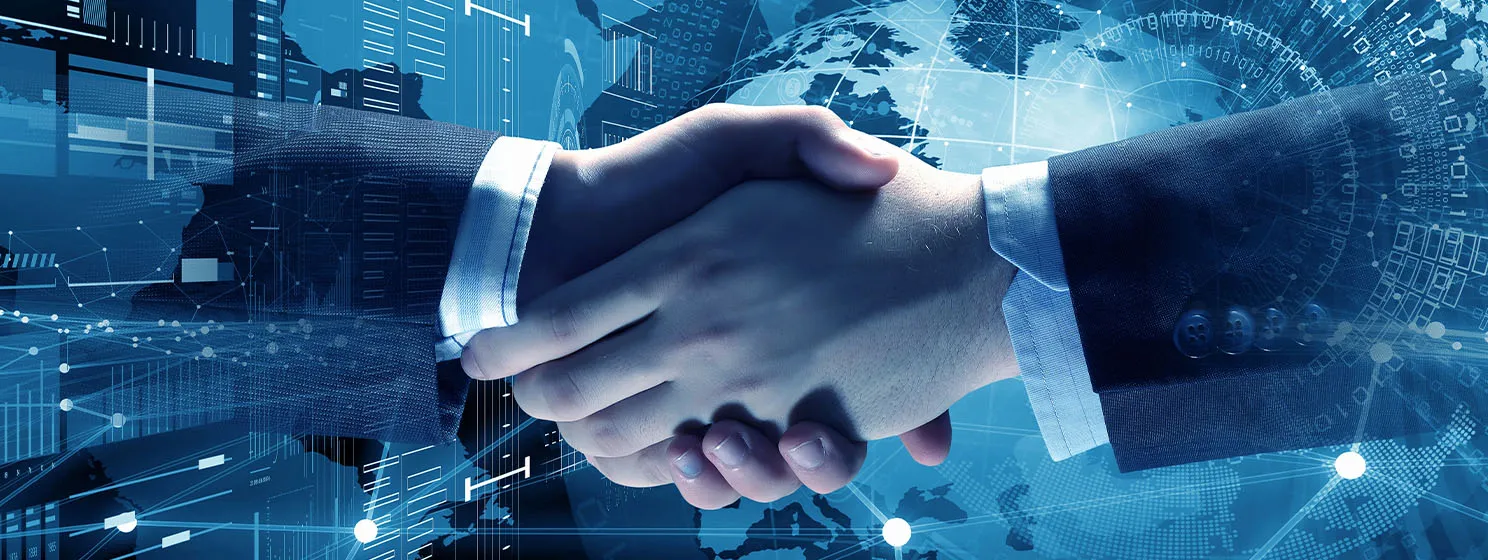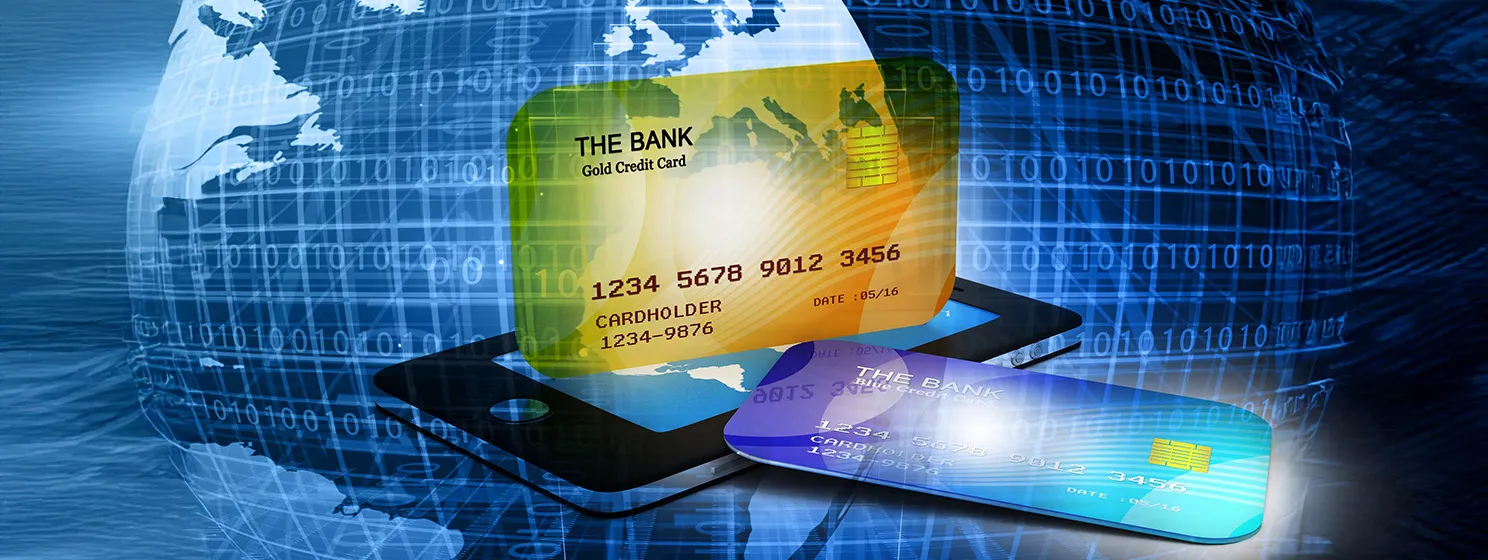|
Getting your Trinity Audio player ready...
|
Dear Mr. Cuban,
Late last week, I read that you were the victim of a Metamask phishing scam in which hackers stole $870,000 of your Ethereum blockchain assets.
Despite pervasive myths to the contrary, I think it’s important you know that you can recover all of your stolen coins and non-fungible tokens (NFTs). I also think it’s important that someone of your status does so, setting an example to the rest of the industry and sending a clear message to thieves: digital assets can be recovered, so there’s no point in stealing them.
You once said, “the whole point of blockchain is that it’s public,” and that’s true. However, blockchain was also designed with digital asset recovery in mind. Did you know that the original Bitcoin had an alert key functionality to allow legal orders to be broadcast across the network, ordering nodes to freeze and reallocate UTXOs?
The digital asset recovery process can help victims like you recover their property. Allow me to give you a brief overview of how it works.
How digital asset recovery works
I don’t know if you have heard of Dr. Craig Wright or what your opinions on him are. Regardless, he is currently in the process of exposing one of the biggest blockchain myths: that stolen digital assets can’t be recovered.
Like you, Dr. Wright was the victim of a hack, and while it was different in nature from what happened to you, the result was the same: he lost coins of substantial monetary value.
However, rather than accept the theft, Dr. Wright set out to prove a point: property rights apply to digital assets, and coins can be recovered. His case is currently in the U.K. courts, and while it will take some time to play out, I wanted to explain to you how the process works.
Step one is to prove you own certain digital assets. I’m certain your team can easily find the transactions whereby you either bought or received the tokens you lost. This is the evidence required to prove this is your property, and thus your rights apply.
The second step is to obtain a court order or equivalent instructing nodes to reassign the coins. Despite the false rhetoric about them being anonymous and decentralized, they are legal entities, and they will comply with orders issued by courts in jurisdictions like the United States or the European Union.
After this, the mechanism by which the process plays out will differ from blockchain to blockchain, but in the end, the stolen coins and tokens will be reassigned to your wallet, and the blockchain will be appended to reflect this. This is not a transaction reversal; it is a new transaction, and, like all of them, it will appear time-stamped on the immutable public blockchain.
If you’re interested in knowing how this process applies to BSV blockchain and how it might work on other blockchains with a few minor differences, check out this video.
Why it is important to recover your digital assets
Mr. Cuban, you don’t need me to lecture you on the virtues of capitalism. It’s that great economic system that has allowed you to rise from humble beginnings to billionaire businessman.
I’m also sure you understand that capitalism can not exist without property rights. The concept of private property and the legal system that allows people to protect what’s theirs is the foundation upon which the system of free enterprise rests. This is why it’s so important for one of capitalism’s global icons to defend these rights.
The digital currency and blockchain industries have awesome potential. New business models can be created, cumbersome administrative processes and the bureaucracy that comes with them can be eliminated, and a more transparent, fair world can become reality. The economy can benefit greatly from this technology.
However, none of this is possible if thieves can simply steal people’s money with no possibility of recovery. Businesses and individuals need to have confidence in blockchain technology, and you have a unique opportunity to prove to the world that, far from being a tool for criminals to steal with impunity, blockchain is a tool that can bolster and protect property rights.
While the choice is ultimately yours, I urge you to make an example out of the digital bandits that stole your money and set the record straight: blockchains are not tools for criminals, property rights apply to everyone who uses them, and they can be protected.
Best of luck in recovering what is rightfully yours, and if you need further assistance, the CoinGeek team can point you in the right direction.
Watch: Digital Asset Recovery – Freezing and Seizing Lost and Stolen Assets

 08-13-2025
08-13-2025 





